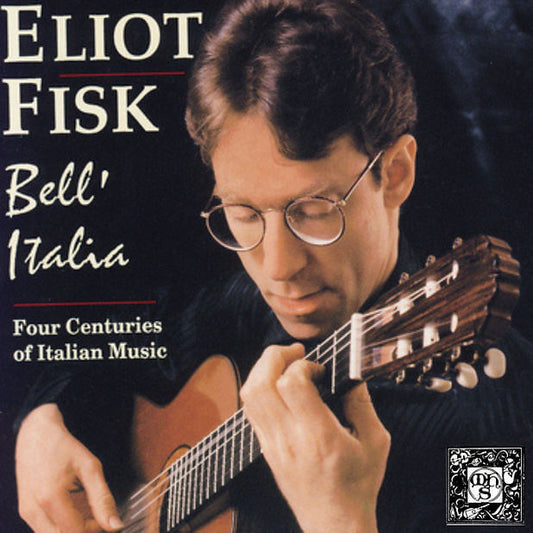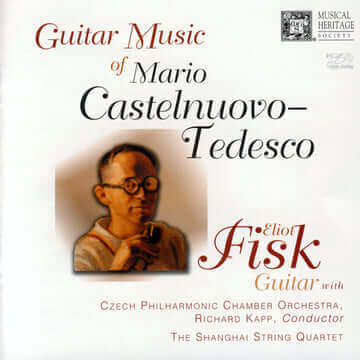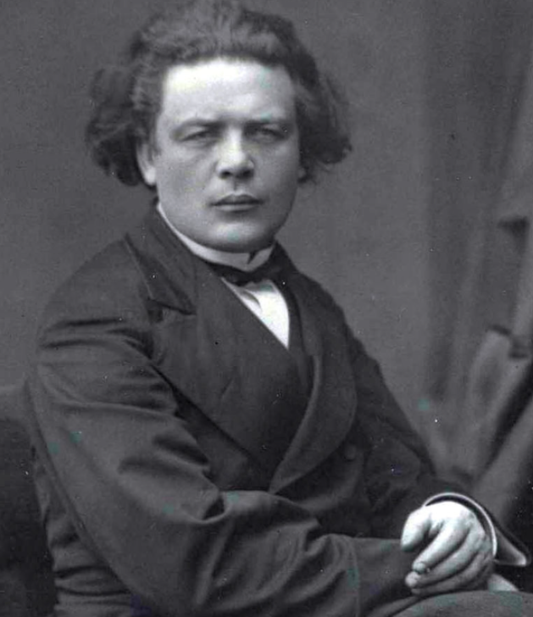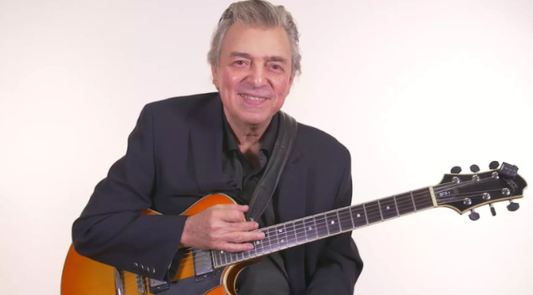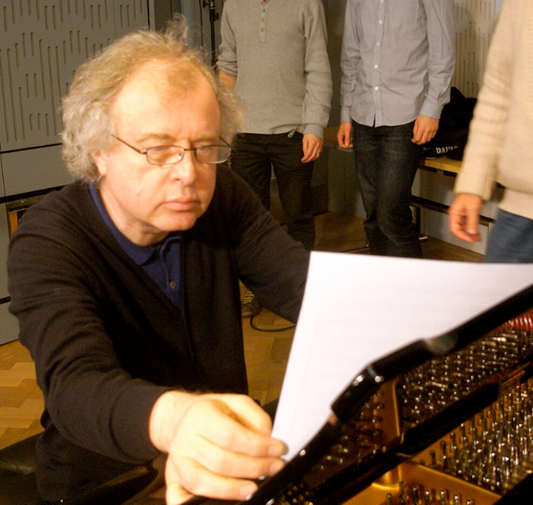Collection: MARIO CASTELNUOVO-TEDESCO (1895-1968)
Mario Castelnuovo-Tedesco (1895-1968) stands as one of the most prolific and versatile composers of the 20th century, a figure whose life and music bridged the traditions of his native Italy with the burgeoning cultural landscape of his adopted American home. Renowned particularly for his immense contribution to the classical guitar repertoire, his elegant craftsmanship, lyrical gift, and evocative style left an indelible mark across genres, from concert hall to Hollywood soundstage.
Born in Florence to a prominent Sephardic Jewish banking family, Castelnuovo-Tedesco displayed early musical talent. He studied piano with his mother and later composition with the respected Italian composer Ildebrando Pizzetti at the Cherubini Conservatory. Immersed in the rich cultural atmosphere of Florence, he absorbed influences ranging from the Italian Impressionism of Respighi to the French masters Debussy and Ravel, alongside a deep appreciation for literature, particularly Shakespeare. His early works, including piano pieces, songs, and orchestral scores like the Shakespeare-inspired overtures (e.g., The Taming of the Shrew), quickly gained recognition for their refinement and melodic appeal.
A pivotal moment occurred in 1932 when he met the legendary Spanish guitarist Andrés Segovia at the International Society for Contemporary Music festival in Venice. This encounter sparked a lifelong friendship and a profound creative partnership. Segovia requested a piece, leading to the composition of Variazioni attraverso i secoli (Variations à travers les siècles), Op. 71. This marked the beginning of Castelnuovo-Tedesco's extraordinary engagement with the guitar. He went on to write nearly 100 works for the instrument, including the celebrated Guitar Concerto No. 1 in D, Op. 99 (1939) – a cornerstone of the repertoire – the evocative Capriccio Diabolico (Homage to Paganini), Op. 85, and the tender song cycle with guitar accompaniment, Platero y Yo, Op. 190, based on poems by Juan Ramón Jiménez. His writing displayed an innate understanding of the guitar's capabilities, combining idiomatic virtuosity with expressive depth and lyrical beauty, significantly enriching its concert status.
The rise of Fascism and the implementation of antisemitic racial laws in Italy dramatically altered Castelnuovo-Tedesco's life. Stripped of performance opportunities and facing increasing persecution, he made the difficult decision to emigrate in 1939. With assistance from figures like Arturo Toscanini and Jascha Heifetz, he and his family settled in California.
Arriving in Hollywood, Castelnuovo-Tedesco swiftly adapted his skills to the world of film scoring. He secured a contract with Metro-Goldwyn-Mayer (MGM) and later worked freelance, contributing music (often uncredited, as was common practice) to over 200 films, including classics like And Then There Were None (1945), Gaslight (1944), and The Picture of Dorian Gray (1945). While film work provided necessary income, he often found the collaborative and commercial pressures constraining compared to the autonomy of concert composition.
Despite the demands of Hollywood, Castelnuovo-Tedesco never abandoned his concert music. He continued to compose prolifically across various forms: operas (including The Merchant of Venice, which won the La Scala prize but faced performance delays due to its subject matter), concertos for various instruments (including a second guitar concerto and a cello concerto for Gregor Piatigorsky), chamber music, choral works, and songs. His musical language remained largely tonal, blending Neo-Romantic warmth and Neo-Classical clarity with influences from Italian folk music, Jewish liturgical melody, and Spanish idioms.
Beyond composing, he became a highly respected teacher, mentoring a generation of prominent film composers, including John Williams, Henry Mancini, André Previn, Jerry Goldsmith, and Nelson Riddle. His influence extended through his deep knowledge of orchestration, harmony, and compositional craft.
Mario Castelnuovo-Tedesco's legacy is multifaceted. He was a master craftsman whose music possesses an enduring lyricism and emotional directness. His unparalleled dedication to the guitar fundamentally shaped its modern repertoire, providing Segovia and subsequent generations with works of substance and beauty. As an émigré who navigated the complexities of cultural transition and the demands of Hollywood, he represents a vital link between European art music traditions and American cinematic scoring, leaving behind a vast and richly varied body of work that continues to be performed and cherished worldwide.

